Visit Coimbra, the students' city
Get to better know the secrets that Coimbra hides, next to the river Mondego, in an itinerary composed of 12 must-see attractions.
It is affectionately called "City of the Students" due to the hurried crowds, often with a black cape, between September and June. The rhythm of Coimbra is commanded either by the agitation of the university's festivities and students, or by the calm when they are absent, at weekends and on vacation. However, there is more to discover in Coimbra beyond the historical University, the first in Portugal. All About Portugal selects the best tips for an irresistible itinerary by one of the most emblematic cities in the Centre of the country.
Penedo da Saudade
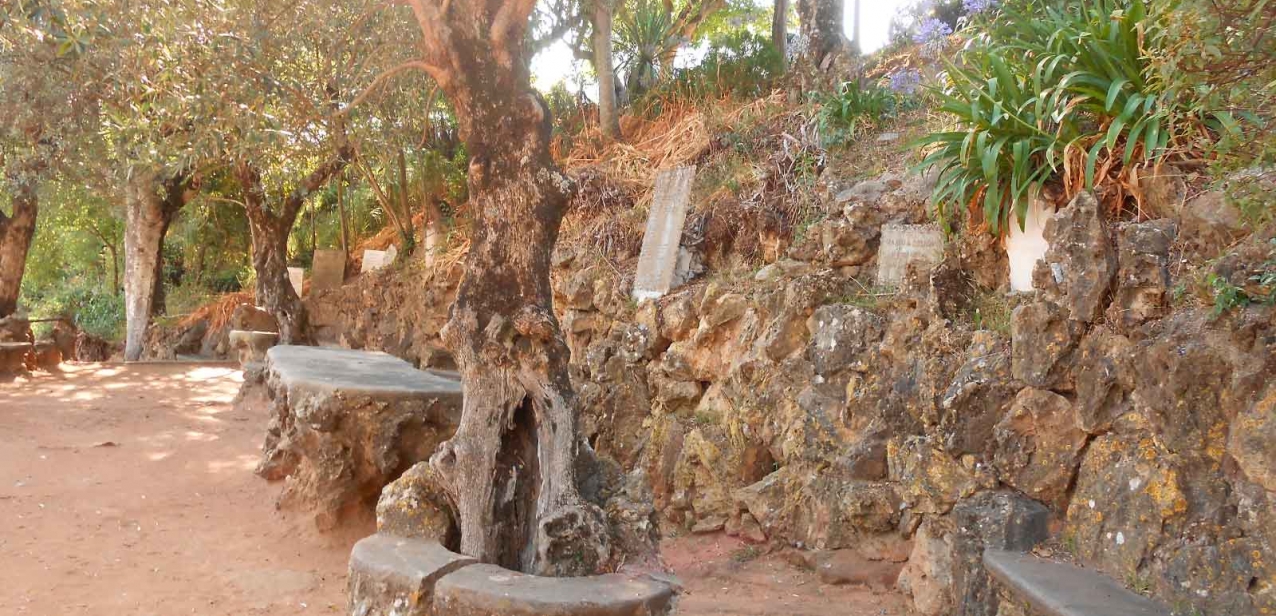
Begin the itinerary in a place that says a lot to those who pass through Coimbra, especially as a student. Along the Penedo da Saudade you will find many "love letters", that former college students wrote to the city that saw them become men and women. Between sentimental words and serenades inscribed in rock, there is a common feeling of “saudade”, such a Portuguese word. In addition, the viewpoint of this very special garden offers a magnificent panoramic view over Coimbra.
Botanical Garden of the University of Coimbra
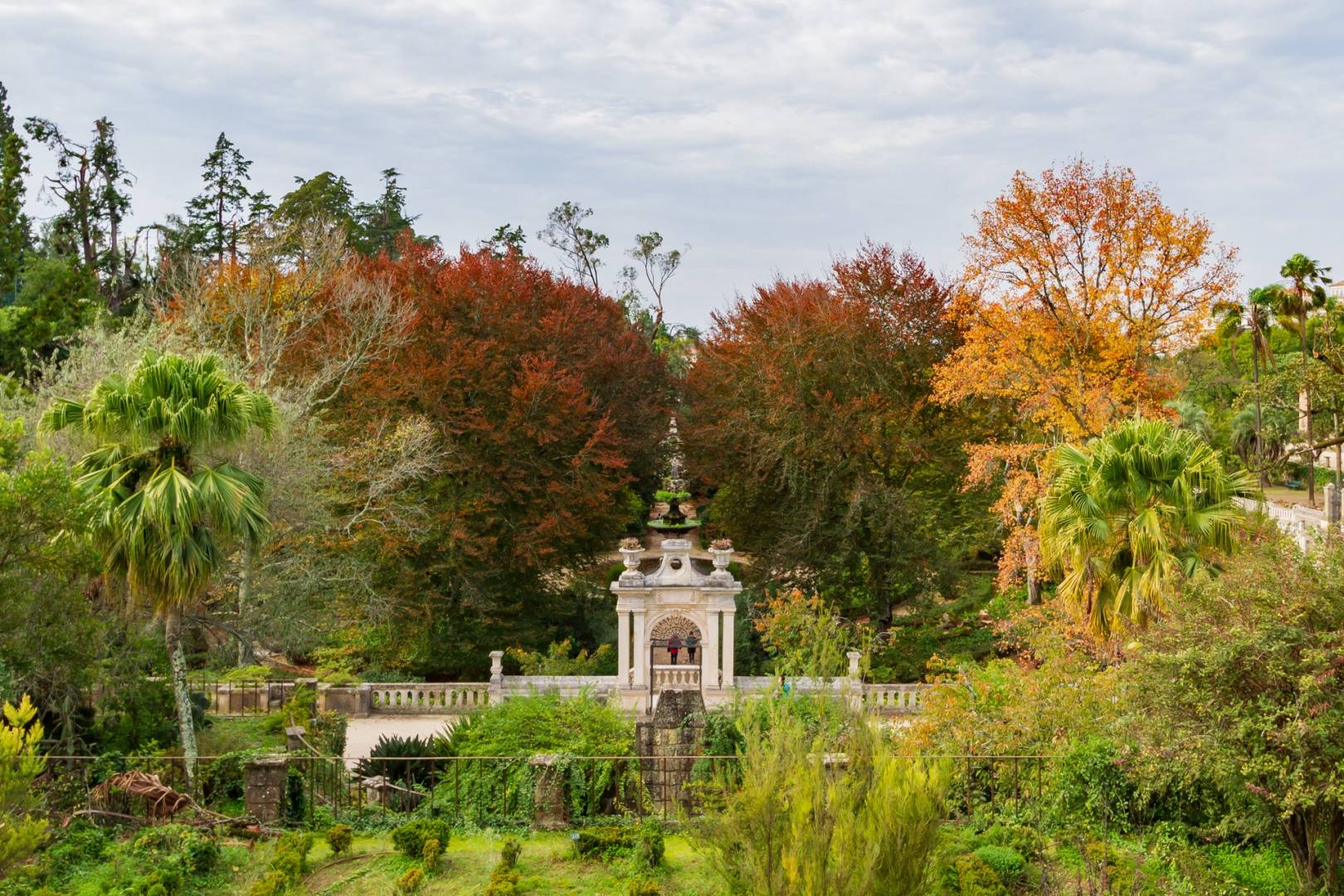
Make your way to the old part of the University of Coimbra, now "scattered" throughout the city. Immediately before the "Rotunda do Papa", there is a mandatory stop at the Botanical Garden, although it may be a very ambitious goal to go through the entire 13 hectares of the garden. The abundant green space is an authentic open-air museum, so you should book a guided tour if you want to know more about the history of this natural treasure (contact: [email protected]).
University of Coimbra

Although the sidewalk is closer to the Garden, we challenge you to climb the iconic "Monumental Stairs" with 125 steps. After this Herculean challenge, continue towards the Porta Férrea, finding along the way several colleges and departments, such as the historical Faculty of Arts and Humanities. After crossing the Porta Férrea, you will find the Faculty of Law, the University Tower, the Joanina Library and a panoramic view of the breathtaking Mondego River.
Sé Velha
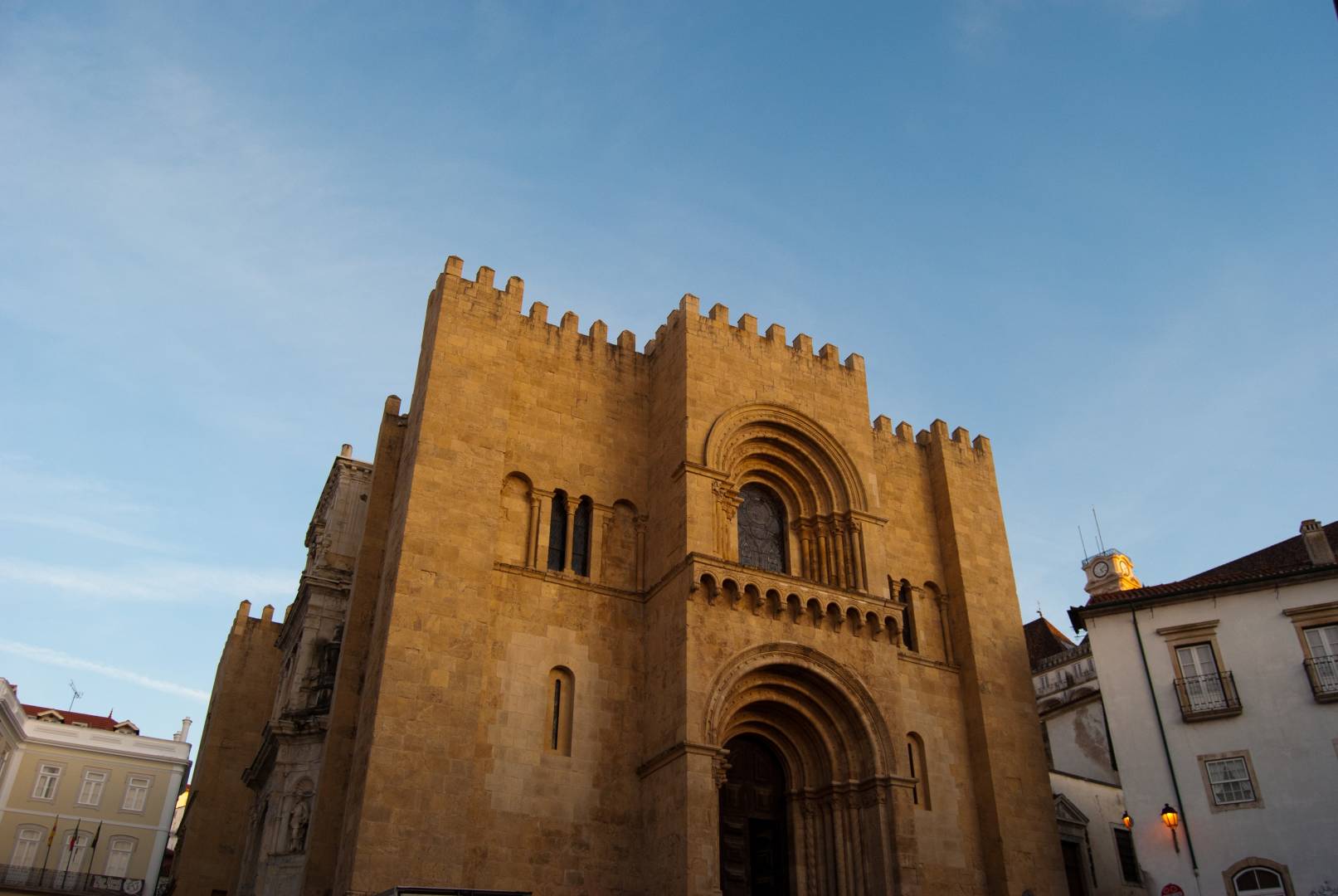
Exit through the Porta Férrea and down the discreet stairs that are there, to the left, so that you will quickly be in front of the Sé Velha of Coimbra. The imposing Cathedral, right in the heart of the city, is of impressive beauty, being one of the most important Romanesque monuments in Portugal. In good condition, undoubtedly deserves a longer visit. Its construction dates back to the 12th century, when D. Afonso Henriques became king and made Coimbra the capital of the kingdom.
àCapella

When walking in Coimbra you may be lucky enough to find a University “Tuna”, and even listen to Fado, an essential part of the Coimbra identity. You can also visit a House of Fado, and thus give more flavor to a meal or a coffee. To the "obligation" to listen to Fado, the àCapella gathers the solemn and charming atmosphere of the Chapel of Nossa Senhora da Vitória. Now with new functions, the old church retains the grandeur of other lives, with high walls and characteristic arches.
Square of the Republic
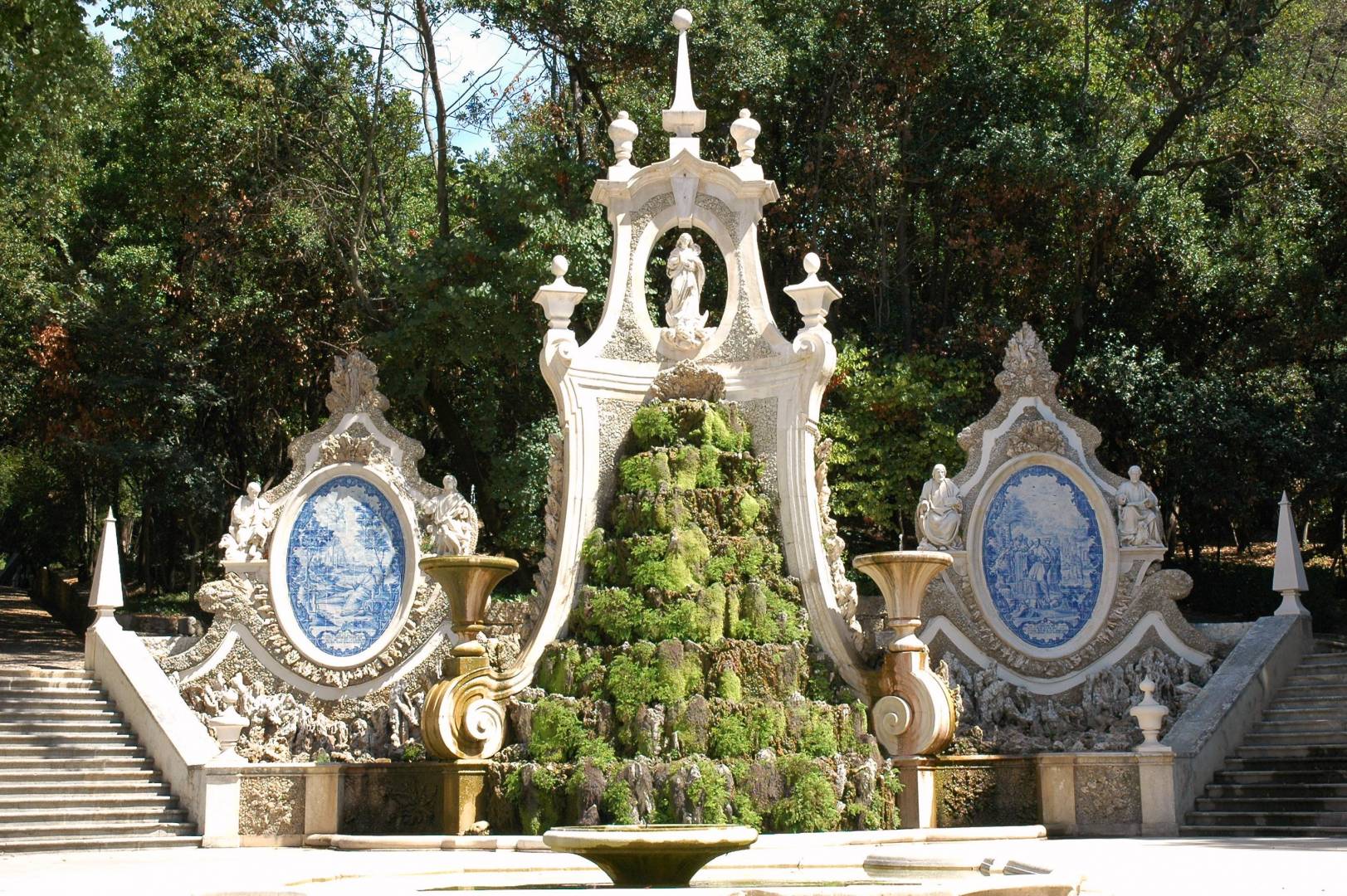
Take the opportunity to take a break in Praça da República (Square of the Republic), one of the busiest places in the city, and for many, the heart of Coimbra. In addition to the more or less traditional cafes, you will find the Santa Cruz Park, also known as the "Jardim da Sereia" (Mermaid Garden). Take a stroll around the square, through the city streets or through the green spaces preserved in the middle of the "mayhem", breathing in full this ambivalence that characterizes the centre of Coimbra.
Patio of the Inquisition
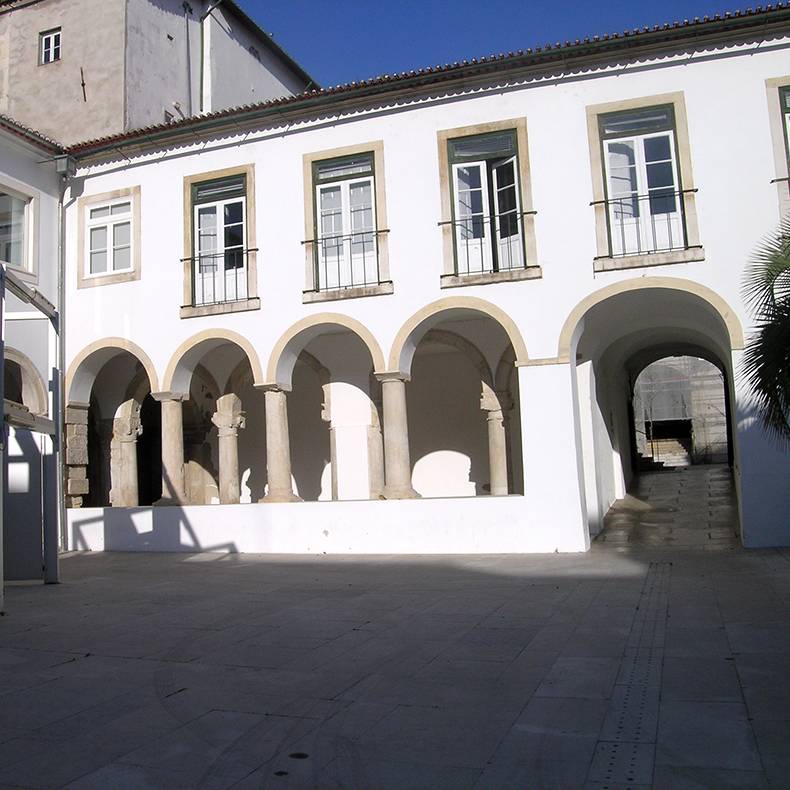
Not everything in Coimbra is student life and Fado. The city holds memories of other times, notably the Estado Novo, a dictatorship that shaped the 20th century and was overthrown in 1974. The protests of the students are well-known and have marked a generation. However, it is possible to go even further back, to the time of the Inquisition and censorship, several centuries earlier. One of the spaces that persists of that time is the “Pátio da Inquisição” (Patio of the Inquisition), where the “Tribunal do Santo Ofício” (Court of the Holy Office) began to function, in 1548.
Santa Cruz Monastery
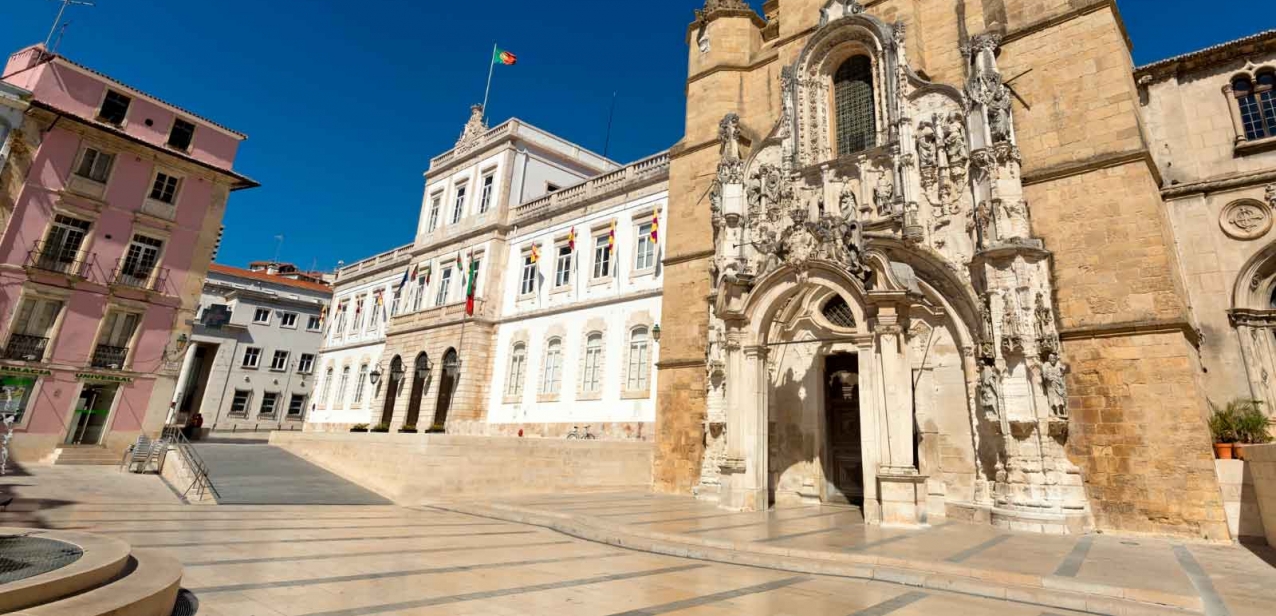
We have good news - let's say goodbye to the steep climbs that mark the Coimbra sidewalk. Descend to the downtown area and stay in the popular 8 de Maio Square, where the Santa Cruz Monastery is located, as well as the majestic Santa Cruz Café, which has an impressive façade. It is in the Monastery, built in the 12th century, that the first two kings of Portugal are buried. The church is an authentic mix of styles and influences from different centuries, proving to be an enriching visit.
Santa Clara-a-Velha Monastery
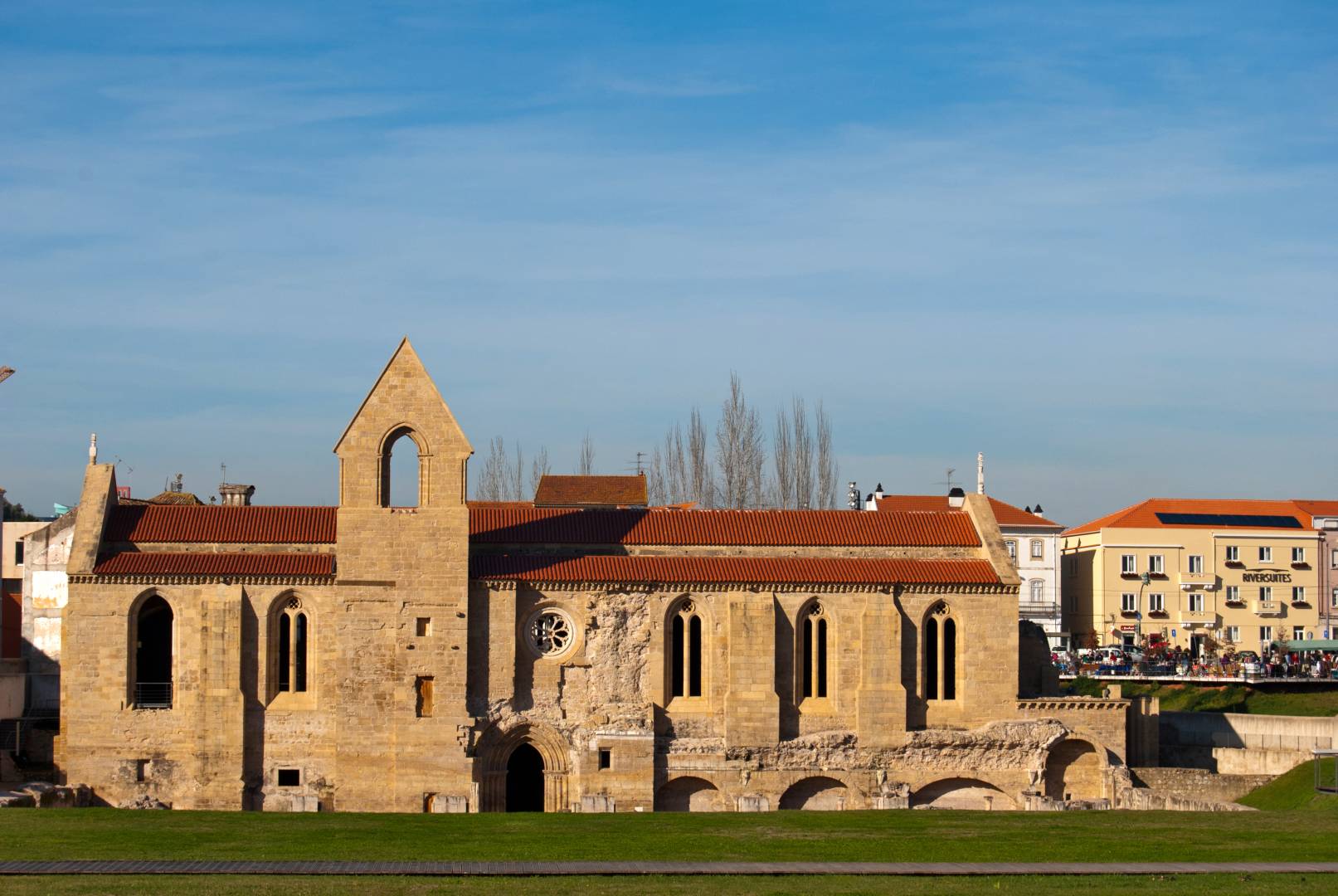
Cross the bridge and, on the other side of the river, you will find the Monastery of Santa Clara-a-Velha. Built to function as a Convent, it was abandoned due to constant floods, with the nuns moving to the Monastery of Santa Clara-a-Nova. The first monastery was degraded until it was in ruins, having been recovered only in the 20th century. Of unparalleled beauty, the monument is open to visitors and, in addition to having an Interpretive Center, it also offers a pleasant outdoor route.
Portugal dos Pequenitos

If you have the company of the little ones, there is a space nearby that you cannot escape - Portugal dos Pequenitos. Prepare, however, to spend there a morning or an afternoon of your time. A kind of miniature country, with iconic monuments and places of Portugal tailored for children, this "play museum" proves to be of creative learning for kids and adults alike. In addition, borders are crossed, as it is also a journey through the mark that Portugal left in the world.
Quinta das Lágrimas
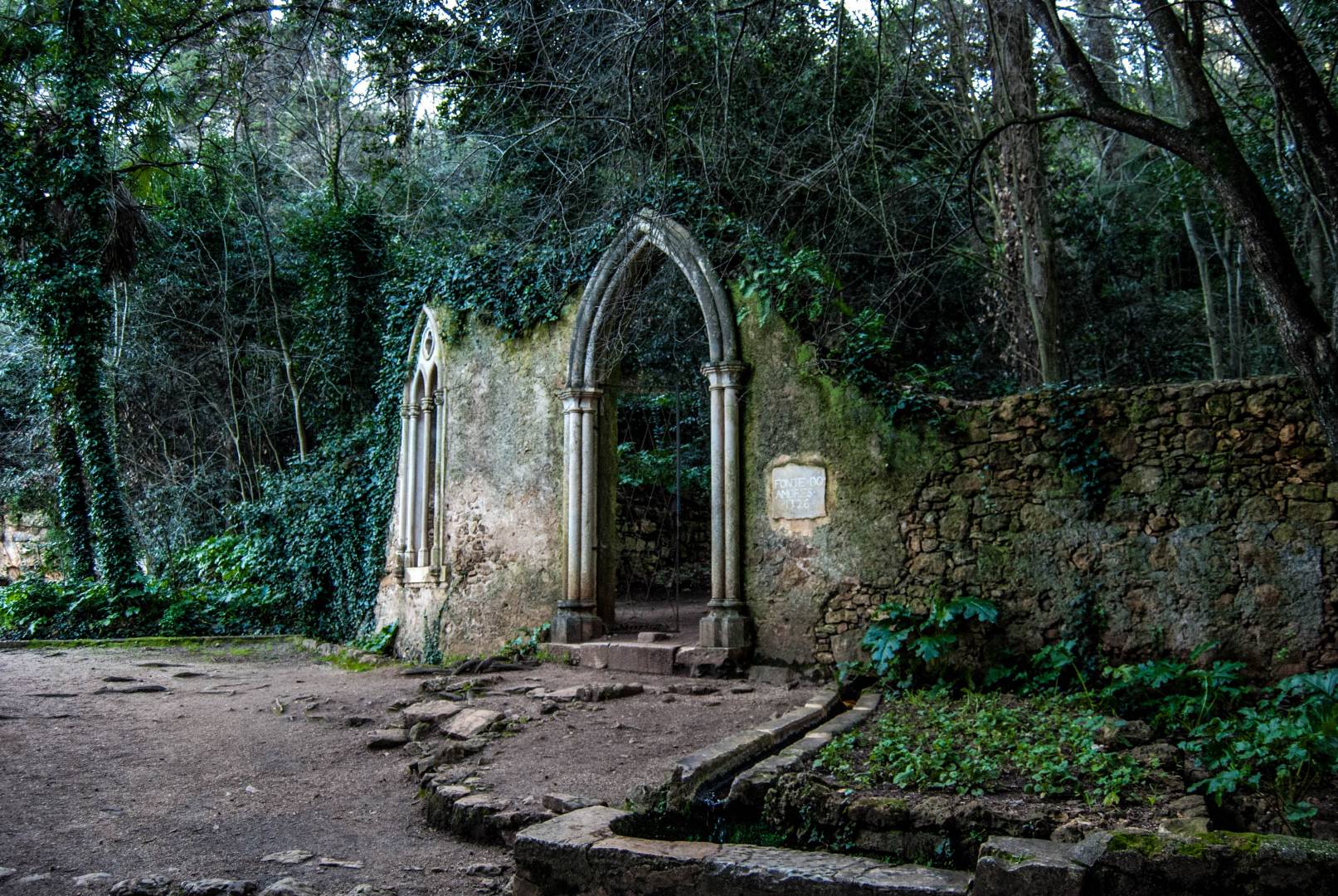
It is one of the most romantic places in Portugal. It was at "Quinta das Lágrimas" that D. Pedro used to meet in secret with Inês de Castro, with whom he lived a forbidden romance. Despite the tragic end, the love story they shared is today celebrated as one of the most beautiful, in Portugal. Let yourself get lost in the extensive grounds of the estate and be enchanted by the environment of mystery that surrounds the space. Be sure to visit the "Fonte dos Amores" (Fountain of Amores) and the "Fonte das Lágrimas" (Fountain of Tears), where Inês was murdered.
Conímbriga

No more than twenty minutes away (driving distance), in Condeixa-a-Nova, there is another must-see attraction. The Ruins of Conímbriga still maintain today the memories of the Roman occupation of this region. Once a prominent metropolis, it holds only the wreckage of this glorious past, made of excess and ostentation. After the crisis of the Roman Empire and the looting of the city, Conímbriga was eventually abandoned and it was not until the end of the 19th century that the excavations began.
Recommended
